Three sculptural objects in Corten steel are carefully located at the edge of a chalk ditch, emphasising the special landscape character and the distinct geological history of the site.

Cities and towns
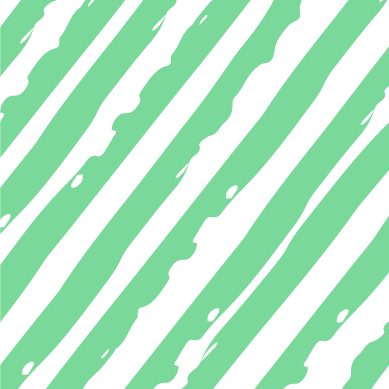
National parks
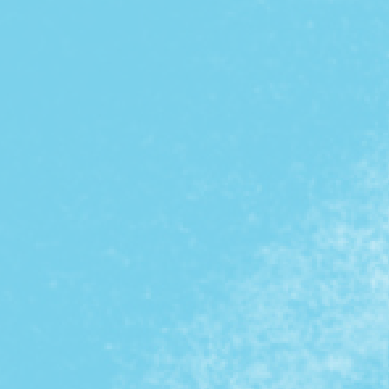
UNESCO sites
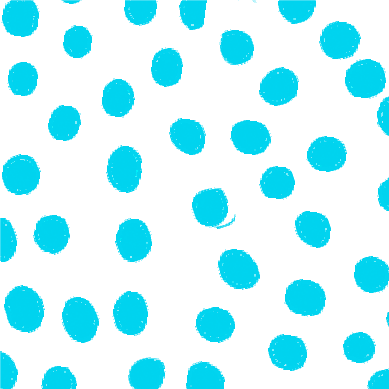
UNESCO global geoparks

Main roads
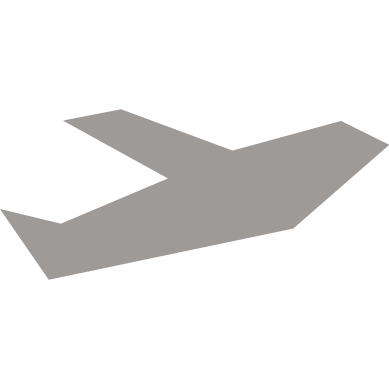
Airports

Cruise ports

Case

Infrastructure
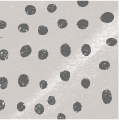
Walking path
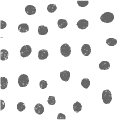
Sand / Gravel

Grass
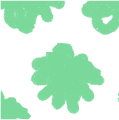
Trees / Forest
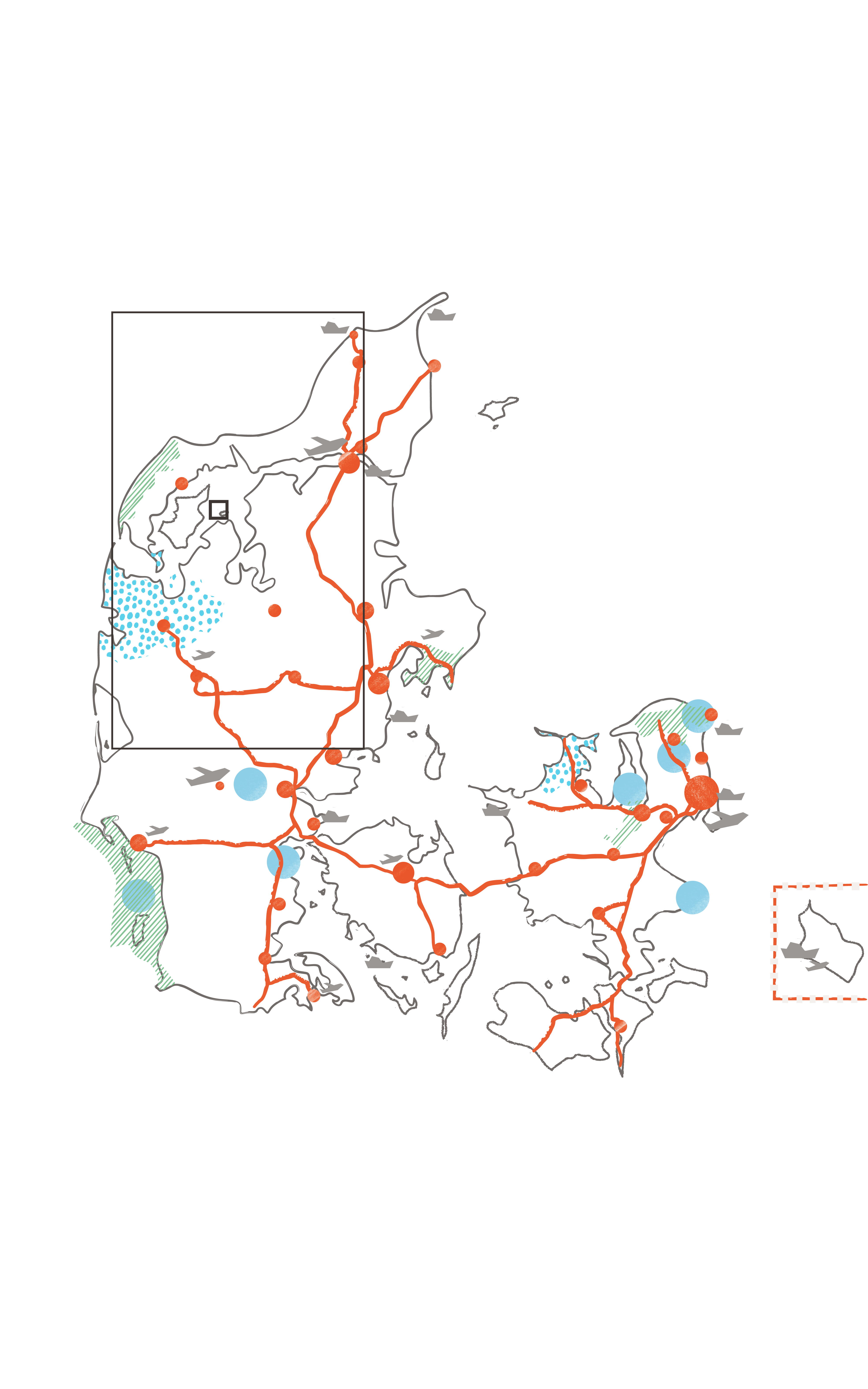
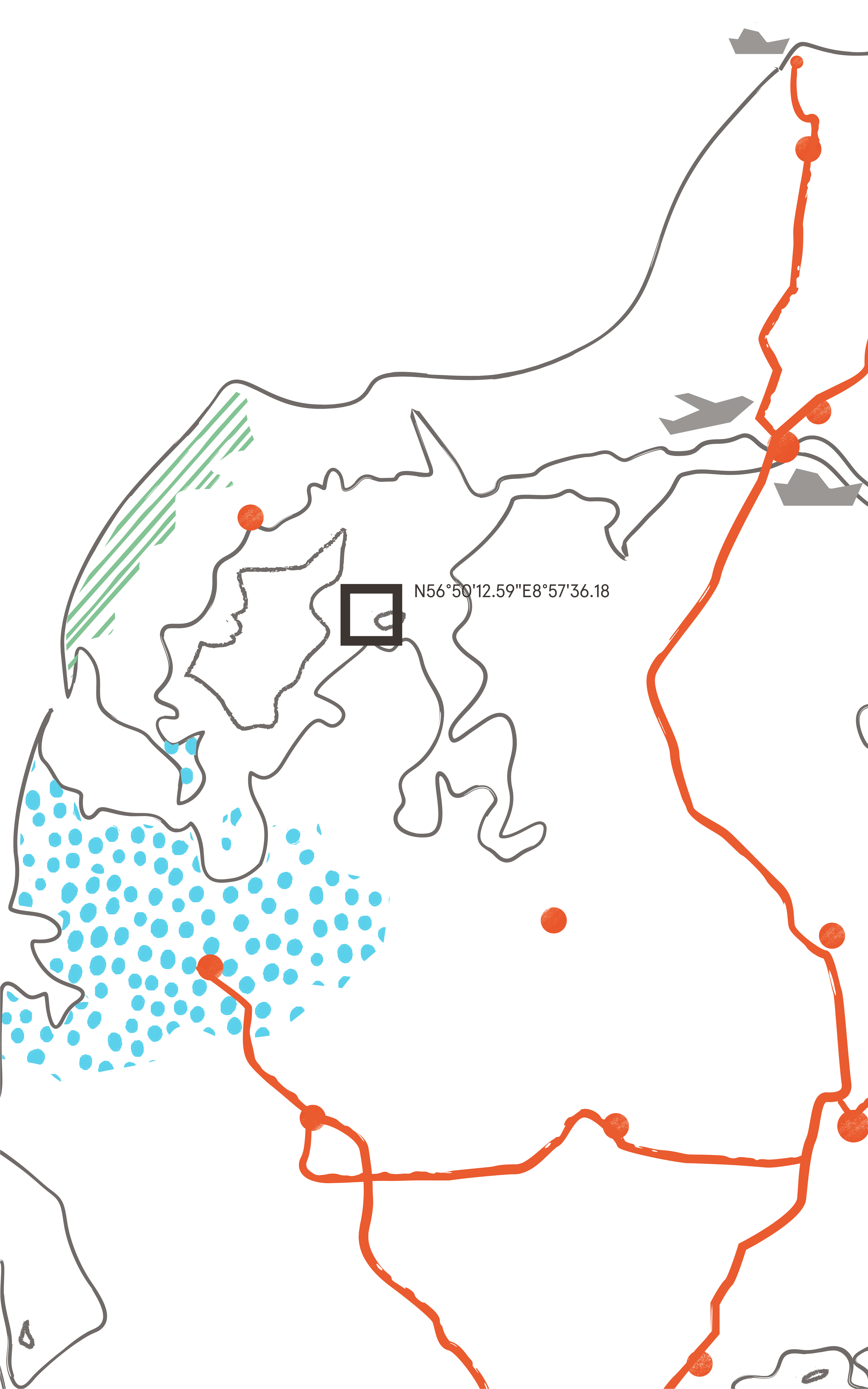
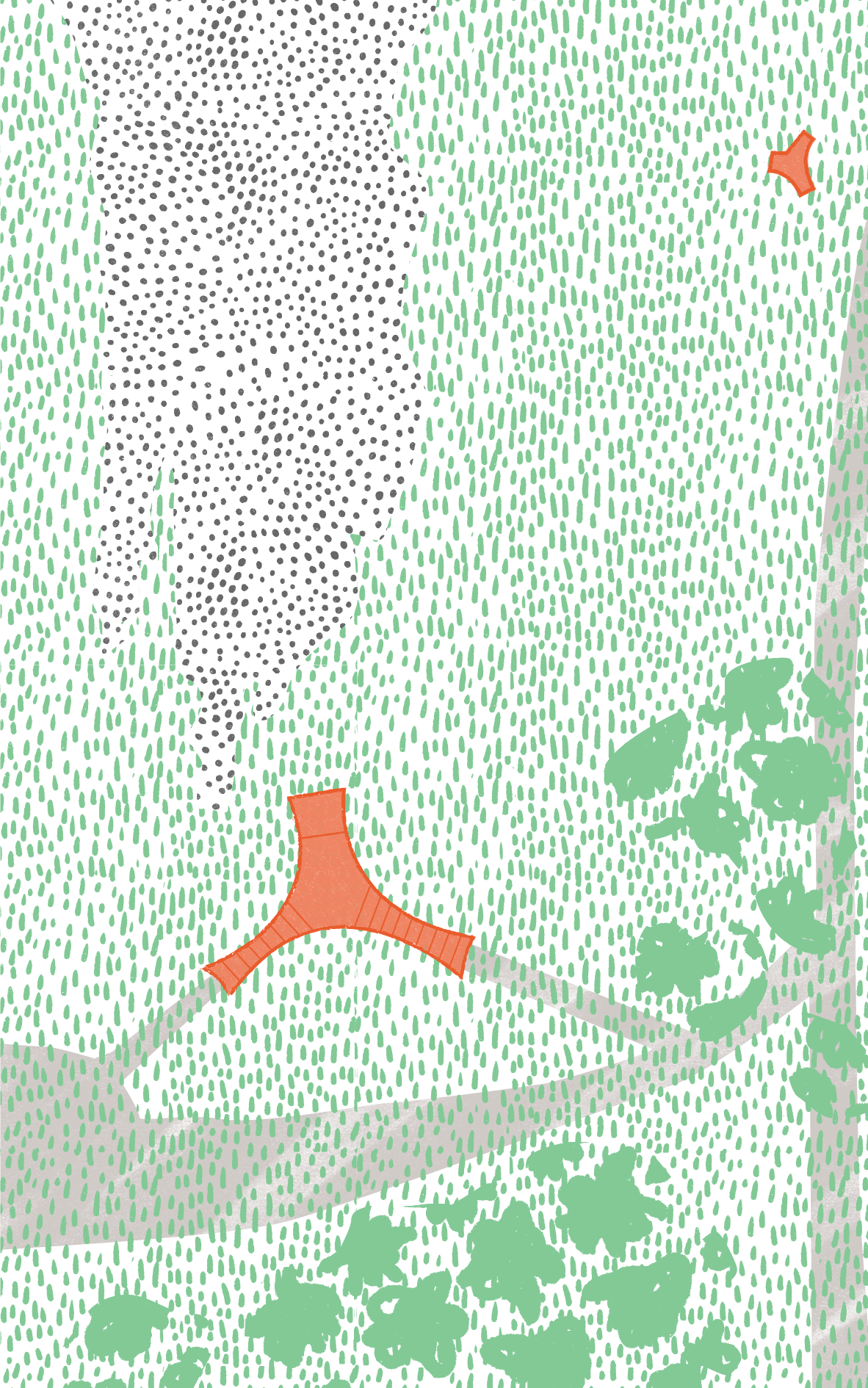
A deep history
The island of Fur has a unique geology, rendering a very deep history. The Fur Diatoms are inspired by the shape of the unicellular algae, which over millions of years has transformed into white chalk. The mining has stopped, and The Fur Diatoms have been installed to commemorate the unique geology and recognise the history of the former industrial activity. From one of the small platforms, it is possible to lean out into the ditch and view the excavated landscape from a safe position.
Robust site marker and platform
The Fur Diatom project is part of philanthropic association Realdania’s campaign ‘Places in the Landscape’, commemorating ten unique sites in the Danish landscape. The three small sculptural objects are markers in the landscape, celebrating Fur’s unique geology and exceptional scenery. Robust and characterful small monuments engraved on the landscape. The Corten steel representations of different kinds of unicellular algae function like sculptural furniture providing an overview of the dramatic landscape. A landscape bearing witness to deep history as well as recent industrial activity. The three small site markers are placed between the edge of the cliff and the verge of the open mining ditch. On one side, the layers of sediments tell the story of geological time, and on the other, they render the human-made landscape.
Key facts
- Location
Knudeklinten (Knud Cliff) at the island of Fur
- GPS points
N56° 50’ 12.59’’ E8° 57’ 36.18’’
- Protection Framework
Danish legislation
- Estimated number of visitors
- High season
- Low season
- Project Owner
Public
- Designer
Reiulf Ramstad Architects in collaboration with LETH & GORI Architects
- Year of construction
2015
- Materials
Corten steel and glass
- Grants
 Aldo Amoretti
Aldo Amoretti